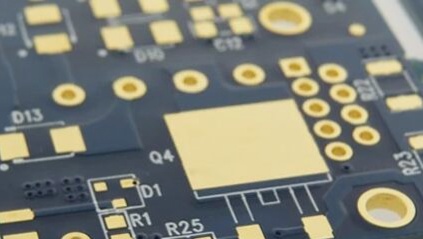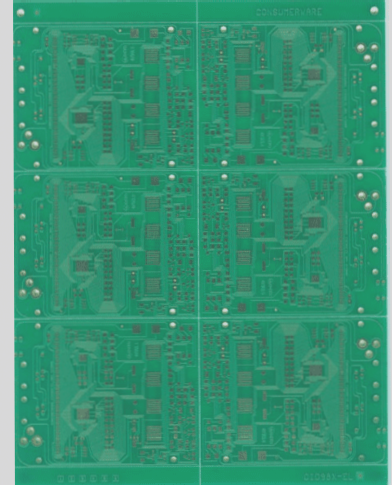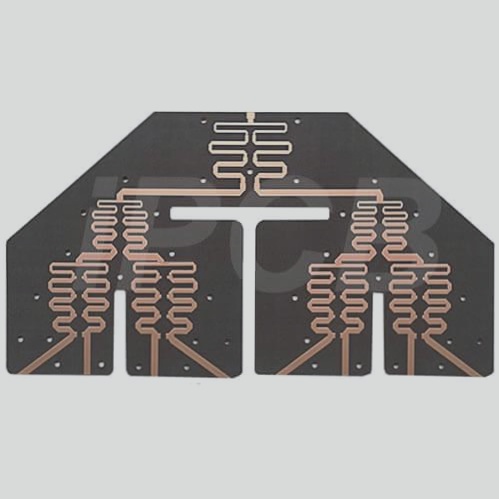Exploring PCB Circuit Board Materials for 5G Antenna Radio Frequency
-
Higher frequencies in 5G, IoT, and other applications require advanced materials ranging from 3GHz to 6GHz. New technological trends are emerging for 5G antenna radio frequency materials, impacting PCB circuit board material selection across different frequency bands.
-
For a 24GHz power amplifier, consider using Rogers RO4350B/RO4835 or their LoPro version. If performance needs improvement, upgrading to a panel with lower loss like RO3003 is recommended.
-
Future millimeter-wave antenna materials for 5G can benefit from the RO4730G3 material, featuring a patented resin system with hydrocarbon hollow silicon ball filler for superior electrical, mechanical, and thermal properties.
-
RO4450T™ and RO4450B™ differ in thickness options, with RO4450T available in 3 mils, 4 mils, and 5 mils, while RO4450B comes only in 4 mils. Formulaic adjustments and upgrades, such as enhanced fluidity, further distinguish the two.
-
TCDk, or the temperature coefficient of the dielectric constant, plays a crucial role in material selection for high and low-temperature variations. Materials like RA, RQ, or RZ are preferred for applications like bandpass filters, with copper foil roughness being a key consideration affecting electrical performance.
-
For applications requiring 100GHz or higher, materials like RO3003, DiClad880, and RT/duroid5880 are recommended due to their low loss and suitability for high-frequency use.




